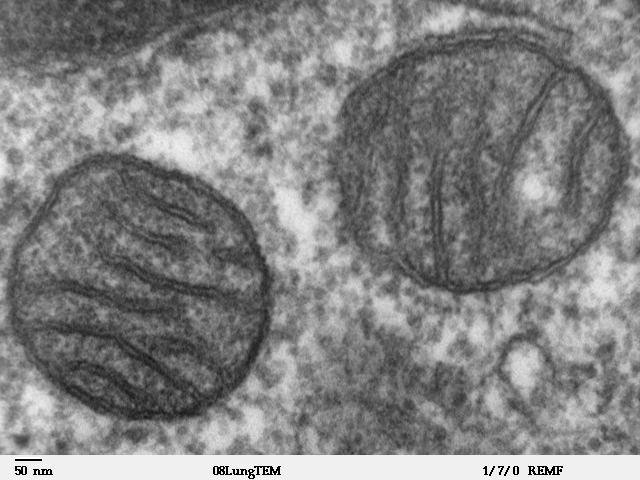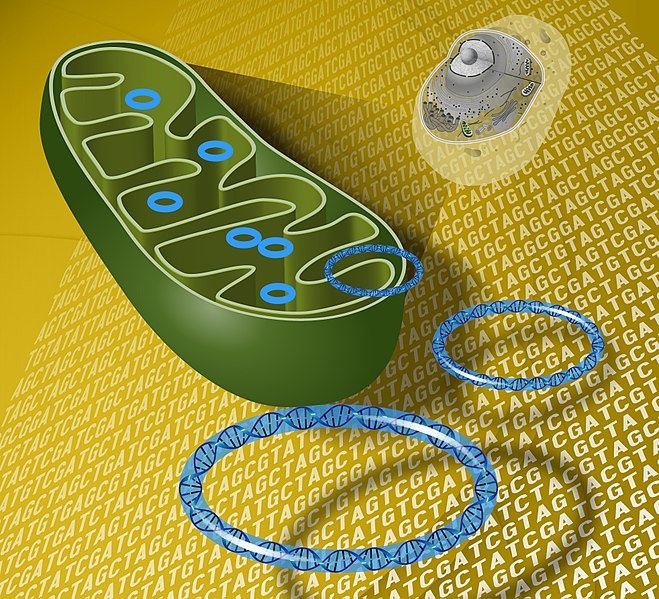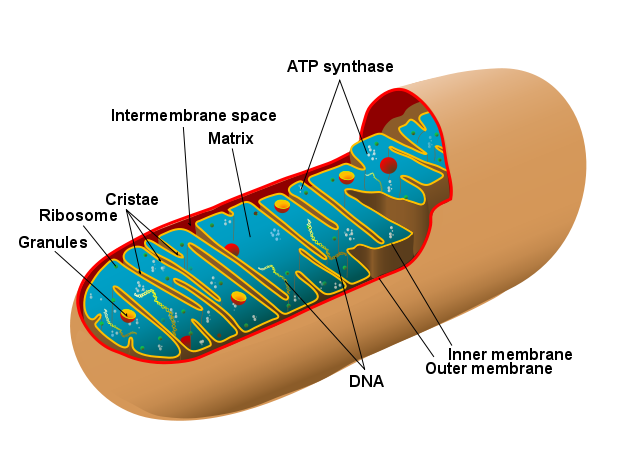Probably, the most popular cell organelle with the nickname "Powerhouse of the cell". I am sure you must have heard this once in a while. Most of the time it is used as a meme or a medical joke, but this nickname has a deeper meaning.
What if I tell you, that mitochondria were not the part of our cells. Billions of years ago, two cells came together and started living in harmony or you can say one started living inside another cell which kick-started all the complex life on Earth.
In this, article we will explore the ideas of origin of Mitochondria and why do scientists compare it with bacteria that lives inside our cell.

Firstly, What really is mitochondria?
Well, to keep it simple, Mitochondria are the cell organelles that are bounded by two membranes which are a not quite common. Organelles are just terms used to define the tiny organs of the cells. Cute? right?. All sorts of biochemical reactions are performed inside the mitochondria which produce ATP(Adenosine triphosphate) or in other words energy. Therefore, we can call it the ATP factory of the cells.
Structure
A mitochondrion structure is really simple. As, i said, it is made by two membranes "outer membrane" and "inner membrane". The outer membrane contains special tunnels called "Porins" which allows the only smaller molecules to pass such as broken molecules of Glucose and Ions. Also, we have an inner membrane where most of the biochemical reactions take place to generate ATPs. Inner membranes have got folds in it which essentially increases the surface area. These folds are known as Cristae.Between the inner and outer membrane, the space is called inter membranous space. Matrix is where space inside inner membrane which contains all the necessary molecules, proteins, and DNA for ATP synthesis.
The Major chemical reaction that goes inside mitochondria is "The Kreb Cycle" and "The Electron Transport Chain" which I will discuss in another article. These cycles help mitochondria to respire oxygen during the synthesis of ATP and generate water and Co2 as the end products.
Origin Of Mitochondria - The Endo-Symbiosis Theory
This is a story of pure coincidence that happened billions of years ago, when a bacteria resembling organism entered inside another cell and started living together in symbiosis which in-turn started the tree of complex organism on Earth. That bacteria resembling organism is considered to be mitochondria.
Life is thought to be originated billions of years ago, when the forms of life were pretty simple. Basically, they were single-celled organisms that either required oxygen or not to survive. Those organisms that didn't require oxygen are called anaerobic organisms and they were more abundant than aerobic organisms. Oxygen was toxic to these anaerobic things.

Image by Wikipedia under CC0 1.0license
This theory states that, an anaerobic cell engulfed another cell which was aerobic and was able to utilize toxic oxygen to create energy. This was a huge benefit for the host cell because finally, it has the ability to stay alive in the oxygen-rich environment. Mitochondria essentially helped the host cell to detoxify oxygen metabolites. This is considered to be a major reason that kicked off a symbiotic relationship between these two cells.
Evidence for Mitochondria being a separate cell
Here are some reasons why we consider mitochondria to be a different cells:
- Mitochondria size is very similar to a prokaryotic cell.
- It Divides as same as a prokaryotic cell would divide . i.e by Binary fission.
- It has its own DNA. Which is also circular just like any other bacteria.
- It has its own Ribosomal RNA to Encode its own protein.
Obviously, this evidence is not enough , but to some extent, this does suggest that somewhere in the evolution of life, mitochondria became part of the cells that we are made of today.
Refrences:
[1][https://www.nature.com/scitable/topicpage/the-origin-of-mitochondria-14232356/]
[2]https://royalsocietypublishing.org/doi/10.1098/rstb.2014.0330
 Image by
Image by